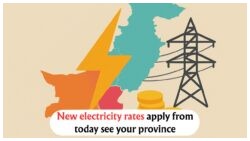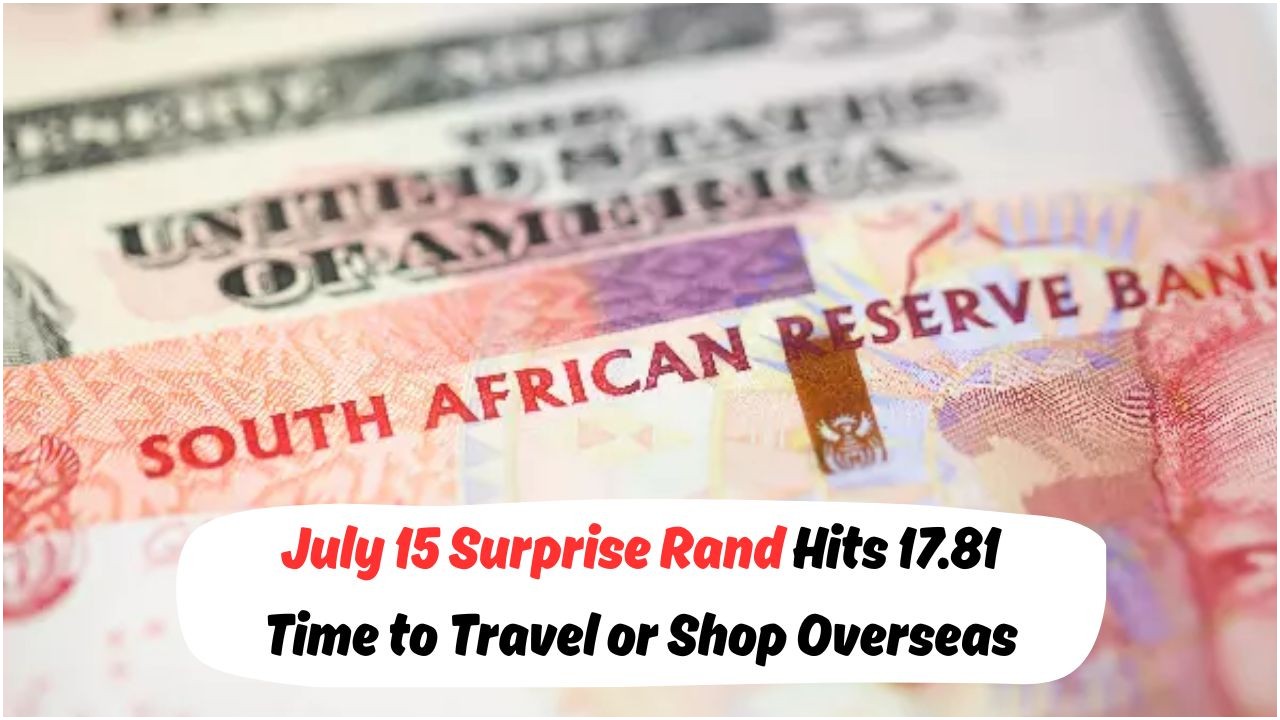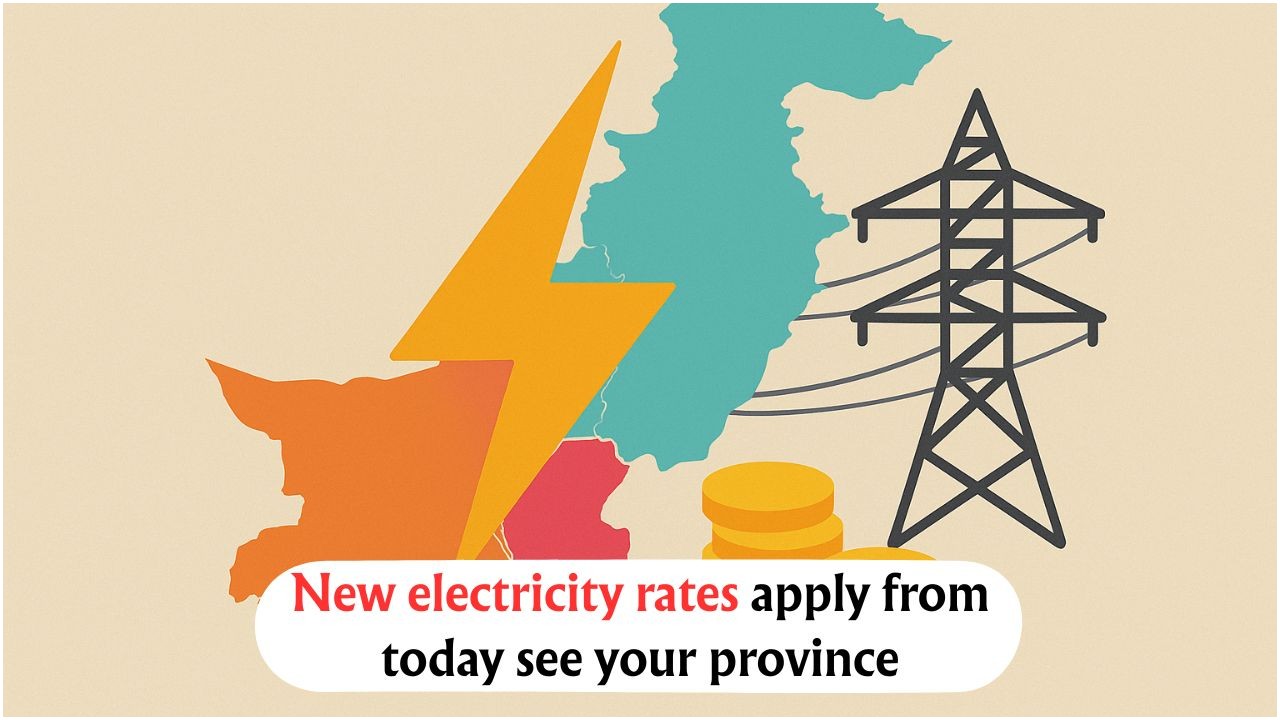Rand Surges to 17.81/USD in Mid-July, Promising Lower Import Costs: As the South African Rand strengthens to 17.81 against the US Dollar mid-July, this financial shift promises to alleviate import costs for local businesses. A stronger Rand means South African importers can purchase goods and services from abroad at a lower expense, leading to potential savings for consumers and businesses alike. This development is particularly significant amidst global economic challenges, providing a much-needed economic lift for South Africa. The appreciation of the Rand could result in reduced prices on imported goods, ranging from electronics to clothing, thereby increasing the purchasing power of consumers and supporting local businesses in managing operational costs more effectively.
Implications of the Rand’s Surge on South African Importers
The recent appreciation of the Rand presents several opportunities for South African importers. By reducing the cost of imported goods, businesses can reallocate resources to other areas of their operations, potentially enhancing their competitiveness. The stronger currency could encourage more businesses to explore international markets, expanding their product offerings and diversifying their supply chains. This, in turn, can lead to job creation and economic growth within the country.
- Lower input costs for manufacturers.
- Reduction in retail prices for consumers.
- Improved profit margins for importers.
- Enhanced competitiveness of South African products.
- Potential increase in foreign investments.
- Stimulation of local economic growth.
- Increased consumer purchasing power.
Factors Contributing to the Rand’s Strength
Several factors have contributed to the strengthening of the Rand. These include a favorable trade balance, increased foreign direct investment, and positive investor sentiment towards emerging markets. Furthermore, geopolitical developments and economic policies have also played a role in bolstering the Rand’s position against the dollar.
 Rand Plummets to R18.23: Brace for Impact on Salaries, Transport, and Essentials This August
Rand Plummets to R18.23: Brace for Impact on Salaries, Transport, and Essentials This August
| Factor | Impact | Description |
|---|---|---|
| Trade Balance | Positive | Surplus supports currency value. |
| Foreign Investment | Increased | Boosts demand for Rand. |
| Investor Sentiment | Optimistic | Encourages currency strength. |
| Geopolitical Stability | Stable | Confidence in the market. |
| Economic Policy | Supportive | Favorable for growth. |
| Commodity Prices | Rising | Improves export revenue. |
| Market Dynamics | Dynamic | Influences currency trends. |
Potential Challenges for Exporters Due to Rand Appreciation
While the strengthening Rand offers benefits for importers, it poses challenges for South African exporters. A stronger currency can make South African products more expensive on the global market, potentially reducing demand. Exporters may need to implement strategies to maintain their competitiveness, such as focusing on innovation, improving efficiency, and exploring new markets to offset the impact of currency fluctuations.
 Eskom Announces August 1 Rate Increase – Discover Your Province's New Electricity Tariffs!
Eskom Announces August 1 Rate Increase – Discover Your Province's New Electricity Tariffs!
- Decreased competitiveness in foreign markets.
- Potential loss of market share globally.
- Pressure to reduce operational costs.
- Need for product differentiation and innovation.
Balancing Export and Import Dynamics
| Aspect | Exporter Strategy | Importer Benefit |
|---|---|---|
| Currency Fluctuation | Hedging | Cost savings |
| Market Diversification | Expanding into new regions | Access to diverse goods |
| Product Innovation | Investing in R&D | Improved product offerings |
| Efficiency Improvement | Streamlining operations | Better pricing strategies |
| Cost Management | Optimizing supply chains | Improved profit margins |
Rand’s Impact on Consumer Prices in South Africa
The appreciation of the Rand is likely to have a positive impact on consumer prices in South Africa. With import costs decreasing, retailers may pass on these savings to consumers, resulting in more affordable goods and services. This can lead to increased consumer spending, contributing to the overall economic growth of the country.
- Reduction in prices of imported goods.
- Increased affordability for consumers.
- Potential rise in consumer spending.
- Stimulated economic activity.
Consumer Benefits from a Stronger Rand
| Benefit | Impact |
|---|---|
| Lower Prices | Increased purchasing power |
| Variety of Products | Broader selection for consumers |
| Improved Quality | Access to premium goods |
| Economic Growth | Job creation and stability |
| Consumer Confidence | Encouraged spending |
Future Prospects of the Rand in the Global Market
The future trajectory of the Rand will depend on a combination of domestic and international factors. Ongoing economic policies, global market conditions, and geopolitical developments will all play a role in shaping the currency’s value. Monitoring these elements will be crucial for businesses and consumers alike to navigate the evolving economic landscape.
 Eskom Announces August 1 Tariff Increase – Discover Your Province's Updated Electricity Rates Today
Eskom Announces August 1 Tariff Increase – Discover Your Province's Updated Electricity Rates Today
- Continued monitoring of economic policies.
- Adapting to global market trends.
- Preparing for potential fluctuations.
- Strategic planning for businesses.
Rand’s Role in South Africa’s Economic Outlook
| Aspect | Future Consideration |
|---|---|
| Economic Policy | Stability and growth focus |
| Global Trends | Adapting to changes |
| Market Strategies | Innovation and efficiency |
| Consumer Behavior | Increased spending |
| Investment Opportunities | Attracting foreign capital |
FAQs on Rand Appreciation and Its Effects
How does a stronger Rand affect import costs?
The appreciation of the Rand reduces import costs as businesses spend less on foreign goods, potentially lowering consumer prices.
What are the challenges for exporters with a strong Rand?
Exporters may face reduced competitiveness abroad, requiring strategies like innovation and cost management to maintain market share.
Will the stronger Rand impact inflation rates?
A stronger Rand can help curb inflation by reducing the cost of imports, which may lower overall consumer prices.
How can businesses adapt to currency fluctuations?
Businesses can employ strategies such as hedging, market diversification, and enhancing operational efficiency to manage currency risks.
 SASSA Grant Holders Set for July-August Boost: Early Deposits and Bonus Payments Announced
SASSA Grant Holders Set for July-August Boost: Early Deposits and Bonus Payments Announced
What long-term effects can the Rand’s strength have on the economy?
In the long term, a strong Rand may boost consumer confidence, increase spending, and attract foreign investment, fostering economic growth.







